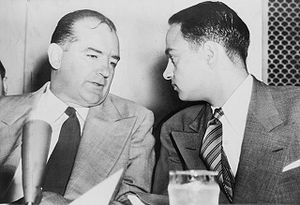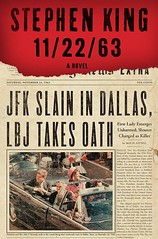Johnny’s Leaving
May 01
May 1, 2012
Johnny Goodman - See all 177 of my articles[adrotate banner=”32″]
Johnny Is Leaving!
Normally I write sports related articles but this week I am taking a different twist on things, and I might continue to do so in the upcoming month.
This week – it is exciting times.
Johnny Goodman is leaving……his existing home and moving into a brand spanking new one.
Now don’t hold your breath, I am not leaving the Soap Boxers – (I know, all of you were crushed momentarily there weren’t you) – my family is building a new home.
I approached Kosmo about the idea of writing about building our home as I could see it be a case where some people could read along, ask questions, and maybe gain an idea or two along the way if they are building a home someday.
I will try not to get too detailed as there are books that can beat this subject to death, but at the same time I will give you a little bit of insight as to how it is all working out for me in our situation of building a home.
I’ve Kind of done this before, but….
I have been moved a few times by the company I work for and I can tell you this is a benefit of working for a large, national company. Selling and buying your house is easy, they take care of a lot of the “junk” including moving your things. It really is pretty seamless and a fast process as the company wants you to be up and running and established at your new location and focused on working.
This is a whole new venture for Mrs. Goodman and I. Building a new home is much different than buying an existing one. There are lots of things to consider.
We have been considering this for some time as we had already picked out the neighborhood, liked the location and the amenities, the schools, pretty much everything about it.
I am sure this is a difficult decision for most people when they are looking to build the house. Location. For us, that was one of the easier parts of the process.
Once we decided to actually build, the next thing to do was to choose a lot. The development area we are in has lots all for sale, and then once you have selected the lot, you have basically 6 months to get your building going. The nice thing here is that all lots are available – until they are sold to a private party for building a home – and are not owned by individual builders. We found a nice walk out ranch corner lot, that offered a lot of square footage for the price comparable to other lots that were available so the choice was pretty easy.
At this point you pretty much need to get your builder selected (unless of course you did that prior to purchasing the lot) We did both of these things about at the same time. We had looked at some houses that were constructed by the builder that we ultimately chose because we liked a lot of the design characteristics and features and the quality of work that they have done in the past.
We are working with a builder that has a fabulous and experienced architect as part of the business. One of the benefits of this is we have been able to take the builder some of the ideas, and then he can quickly put them to paper. The bad news is he can quickly put them to paper.
The Wheels are Turning
Mrs. Goodman and I have been grinding over “slight” revisions to the plan – add a few feet here, take away a few here, add a door here, remove another one here…all in attempts to stay close to our budget.
We both know that we will likely go over budget (as that is what we always hear from everyone we talk to) so we are trying to stay close to it as possible out of the gate.
We hope to have the floor plans finalized and the 3-demensions CAD drawings which will also show what the exterior of the home will look like from all angles done in the next few days. In the meaning, this means lots of nights of little sleep, as my brain continuously works overtime thinking about house plans and options when I call it a night.
Here is hoping that picking out color schemes, cabinets, faucets and countertops down the road will be easier.
Have questions about building a home for the first time?– ASK!
I will periodically give some insight to the process as we go through our house construction. In the meantime, if you are reading along and have any questions of me, feel free to post them and I will give you my honest opinion of how it has been for my wife and I during our construction of our home.
Until next time, Stay Classy Churchill Downs, Kentucky.
 RSS
RSS





















